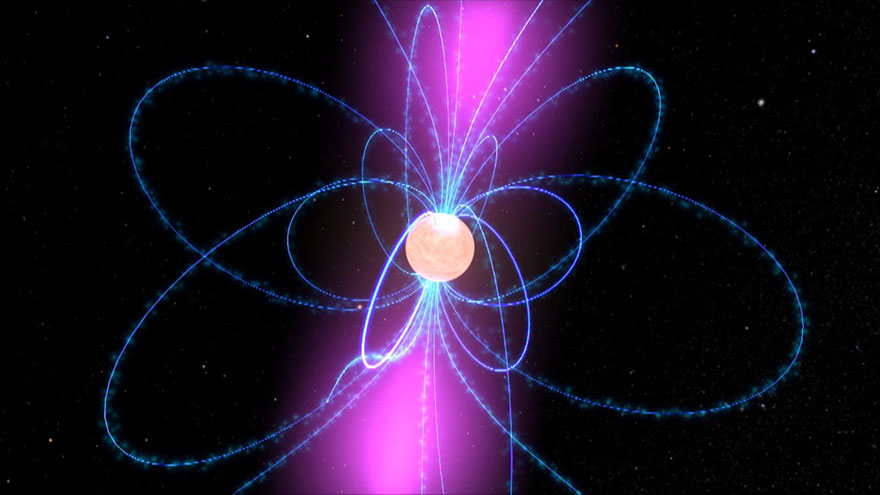The Function of a Neutron
A neutron is a particle and one of three main components in an atom, the other two being protons and electrons. Neutrons are, as the name suggests, neutrally charged particles. Protons are decidedly charged and electrons are contrarily charged. Protons and neutrons structure the core of a particle. The number of neutrons helps determine the weight of an element, since it is the heaviest particle of the three.
When a single neutron exists on its own, it decays rapidly. A neutron half-life is approximately 10.5 minutes. In addition, neutrons are prominent in processes such as fission, radioactive decay and neutron capture.

The Basics
The neutron’s main function in the nucleus is to use its force to allow protons to bond instead of repelling each other as they would if the neutrons were missing. Since neutrons do not have an electric charge, they are unaffected by the electric charge of protons.
A stronger bond comes into play, overpowering the electrical force, and attracts the protons to neutrons so both particles hold together to create a stable nucleus.
Isotopes
The isotope of an element naturally exist and are usually stable, an isotope can be identified because its number of protons, electrons, and atomic number are the same, but the atomic mass will be different.
The isotope is then named as (name of the element)-(atomic mass rounded to the nearest whole number). So for example Carbon, known as Carbon-12, also has isotopes of Carbon-13 and Carbon-14, which means the mass is around 13 or 14, respectively.
Beta Decay and Radioactive Decay
When there is an overload of either neutrons or protons in a nucleus, one particle can turn into the other (e.g., a neutron will become a proton or a proton will become a neutron). The change in charges will affect the atomic stability and change the element altogether. In order to neutralize the atom, an opposite charge must be in the product.
If a neutron decays to a proton, it is beta minus decay. The atom has a positive charge, loses an electron, and becomes the next element ahead on the periodic table. If a proton decays to produce a neutron, it is beta plus decay. The atom will have one less proton, lose an electron, and become the element lower on the periodic table.
Fission
The splitting of atoms is known as fission. since neutrons are heavy particles, their addition to a nucleus can immediately create the instability. Usually a free-floating neutron will absorb into a nucleus, and since it is neutrally-charged it simply bonds to the protons. the most commonly used element in nuclear fission is an isotope of Uranium, called Uranium-235.
The naturally-occurring element has an atomic mass of 238. When the U-235 isotope absorbs a free-floating neutron, it becomes U-236, which is unstable and immediately splits. In the split, two new elements are formed and two neutrons become free.
Thus in a nuclear reactor full of U-235, the process becomes a chain reaction with the free-floating neutrons continuously being released and striking U-235 atoms, destabilizing them and so on.
Neutron Capture
In neutron capture, a neutron in an excited state reattaches to another nucleus. This process emits energy in the form of gamma rays. The neutron is usually forced into the excited state so that it shoots straight into the nucleus of a target atom. There are two processes, the slow process (s-process) and rapid process (r-process).
The difference is the rate the neutron is captured by the target atom. It is a lesser-known process and has been used in cancer therapies. the energy that is released is beneficial to killing the tumors in certain types of brain cancer.

